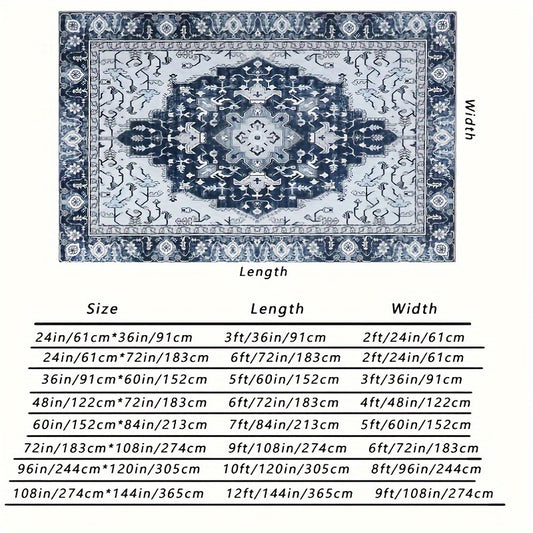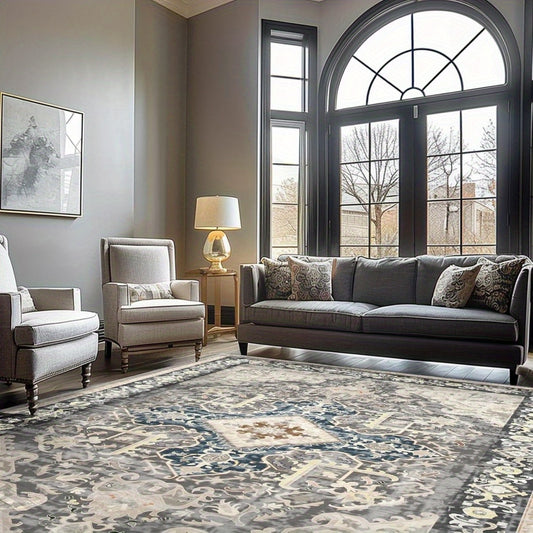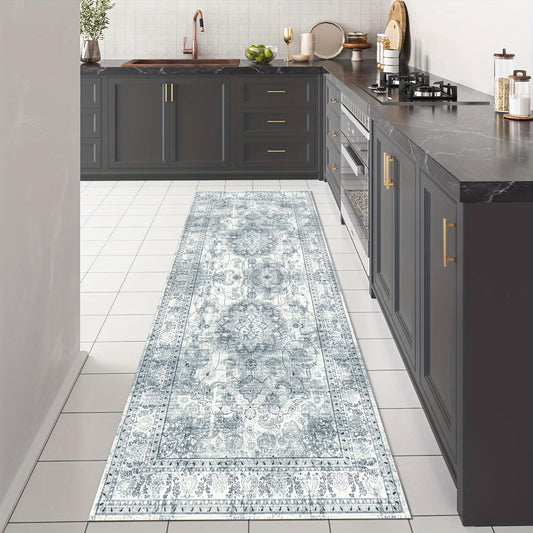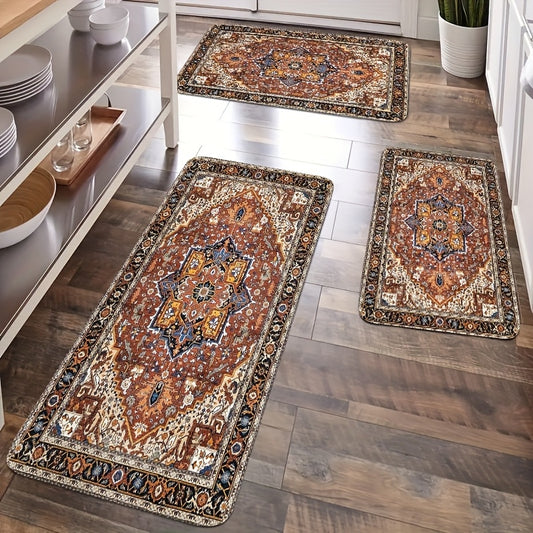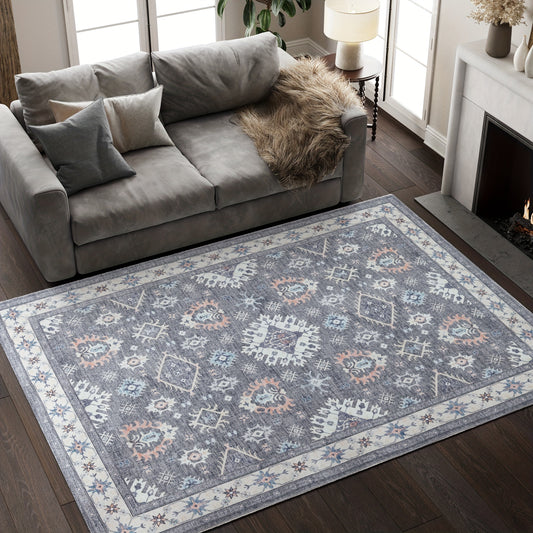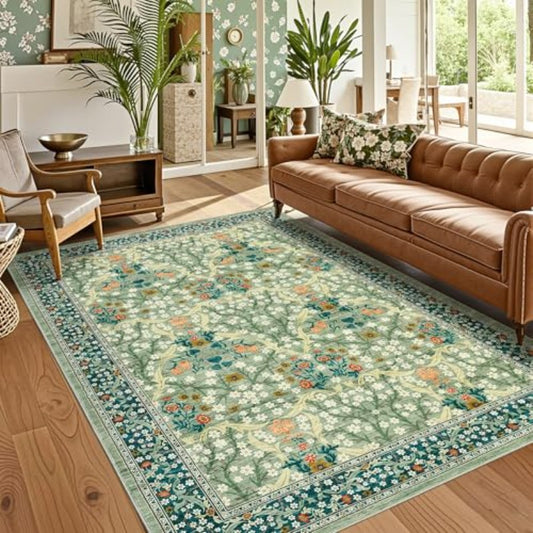About Arabian Carpet
The Complete Guide To Arabian Carpets
What Is An Arabian Carpet
An Arabian carpet is more than just a floor covering—it is an artwork woven with history, culture, and symbolism. Known for their intricate designs, detailed craftsmanship, and vibrant color palettes, Arabian carpets hold a special place in interior décor and heritage. Unlike mass-produced rugs, these carpets carry traditional weaving methods passed down for generations. Each design element reflects cultural influences, from geometric motifs to floral patterns. The Arabian carpet is admired globally for its ability to combine functionality with elegance, creating warmth and character in any living space.
Origins And Cultural Significance
Arabian carpets trace their roots back centuries, with weaving traditions thriving in the Middle East and surrounding regions. Initially, carpets served both practical and symbolic purposes. Nomadic tribes used them for warmth and floor seating, while wealthy households showcased them as symbols of prestige. Over time, Arabian carpets became prized trade items, exported to Europe, Asia, and beyond. Their cultural value extends beyond utility, often being gifted during weddings, religious ceremonies, or family milestones. The intricate patterns often tell stories of heritage, spirituality, and artistry, making them far more than decorative objects.
Craftsmanship And Techniques
The craftsmanship of Arabian carpets is a defining feature. Skilled artisans use traditional hand-knotting techniques, where every knot contributes to durability and design precision. Depending on the region, knotting styles differ, resulting in unique textures and finishes. The density of knots per square inch often determines the quality and longevity of a carpet. Natural fibers such as wool, cotton, and silk are commonly used, each offering distinct characteristics. Wool provides warmth and durability, silk adds luxurious sheen, and cotton ensures stability in the weave. These materials, combined with centuries-old methods, produce carpets that can last for decades.
Patterns And Designs
Arabian carpets are recognized for their complex patterns. Geometric motifs dominate many designs, often featuring repeating diamonds, hexagons, or stars that symbolize balance and harmony. Floral patterns incorporate stylized vines, blossoms, and leaves, adding softness to the visual appeal. Medallion-centered carpets place a large circular or oval motif at the center, surrounded by detailed borders. Prayer rugs, another iconic design, include arch-like shapes symbolizing places of worship. The careful use of symmetry is one of the hallmarks of Arabian carpet design, reflecting order and structure.
Color Palettes And Symbolism
Color is an essential component of Arabian carpets, chosen not only for aesthetic appeal but also for symbolism. Deep reds often signify wealth and strength, blues represent spirituality and peace, while greens are associated with renewal and prosperity. Natural dyes derived from plants, minerals, and insects give carpets their richness and authenticity. These dyes age gracefully, producing subtle variations that enhance the character of the carpet over time. Modern carpets may use synthetic dyes for consistency, but traditional methods remain prized for their uniqueness.
Arabian Carpets In Modern Interiors
While Arabian carpets carry traditional roots, they are highly adaptable to contemporary décor. A handwoven carpet can anchor a modern living room, adding depth and contrast against minimalist furniture. In traditional homes, they enhance the richness of wood and antique details. Many interior designers use Arabian carpets as statement pieces, centering rooms around their intricate designs. Their durability makes them practical for both high-traffic areas like living rooms and formal spaces such as dining areas. Even in modern apartments, a smaller Arabian rug adds warmth and sophistication.
The Role Of Arabian Carpets In Heritage
Owning an Arabian carpet often carries emotional and cultural value. In many families, carpets are treasured heirlooms passed down through generations. They serve as reminders of ancestry, carrying stories woven into patterns. Cultural practices often regard carpets as sacred, and in some cases, they are used in prayer and rituals. This symbolic value sets Arabian carpets apart from standard rugs, as they embody personal and collective heritage.
Everyday Utility And Durability
Beyond their cultural and decorative significance, Arabian carpets are known for their practicality. Wool carpets are naturally insulating, keeping homes warm in winter and cool in summer. Their dense weaves resist wear and tear, making them suitable for daily use. The combination of natural fibers and expert craftsmanship ensures longevity, with well-maintained carpets lasting decades. Unlike synthetic rugs that wear quickly, Arabian carpets age gracefully, their colors and textures gaining depth with time.
Investment And Value
An authentic Arabian carpet is often seen as an investment. The value of handwoven carpets can appreciate over time, especially when crafted with fine materials like silk or featuring rare patterns. Collectors and interior enthusiasts often seek vintage pieces, which command higher prices. While the initial cost may be significant, the long-term durability and cultural value justify the investment. Just as Fabulive Hair Extensions are valued for their quality and longevity, Arabian carpets are prized for their craftsmanship and timelessness.
Variations Across Regions
Different regions within the Arabian world produce carpets with distinctive features. Persian-influenced Arabian carpets may feature floral medallions, while North African varieties focus more on geometric patterns. Gulf-region carpets often emphasize bold colors and simpler designs suited for desert life. Each regional style reflects local traditions, resources, and cultural influences, contributing to the diversity of Arabian carpet artistry.
Contemporary Innovations
Modern interpretations of Arabian carpets blend traditional techniques with contemporary designs. Some artisans incorporate abstract patterns, muted palettes, or minimalist motifs to align with current décor trends. Synthetic fibers are occasionally introduced for affordability, though high-end carpets remain dominated by natural fibers. These innovations ensure Arabian carpets remain relevant, appealing to younger generations while preserving cultural heritage.
Ethical And Sustainable Production
Sustainability is increasingly influencing carpet production. Many artisans now use eco-friendly dyes and organic fibers to reduce environmental impact. Ethical practices also focus on supporting traditional weaving communities, ensuring artisans receive fair wages and recognition for their craft. This mirrors trends seen in other fashion and lifestyle industries, such as Fabulive’s Hair Extensions, which emphasize ethical sourcing. Consumers today not only value beauty and durability but also the story behind how a product is made.
Maintenance And Care
Caring for an Arabian carpet ensures its longevity. Regular vacuuming prevents dust accumulation, while rotation helps distribute wear evenly. Professional cleaning is recommended for deep stains or annual maintenance. Exposure to direct sunlight should be minimized to prevent fading, though natural dyes often age attractively. Wool carpets benefit from occasional airing to maintain freshness. With proper care, an Arabian carpet retains both beauty and function for generations.
Arabian Carpets In Global Demand
The global appreciation for Arabian carpets continues to grow. International collectors, museums, and designers recognize their value as cultural artifacts and decorative masterpieces. In Europe and North America, Arabian carpets are often incorporated into luxury interiors, while in the Middle East, they remain integral to everyday life. Online platforms have expanded access, allowing customers worldwide to invest in authentic Arabian carpets with greater ease.
The Emotional Connection
Owning an Arabian carpet often creates an emotional bond. For many, it is not just about decoration but about heritage, storytelling, and artistry. The tactile experience of walking on handwoven wool, the visual pleasure of intricate patterns, and the pride of owning something culturally rich all contribute to this connection. Much like the confidence boost provided by Fabulive Hair Extensions in beauty, Arabian carpets provide a sense of pride and identity within the home.
Final Reflection
Arabian carpets represent the union of tradition, functionality, and art. Their cultural significance, detailed craftsmanship, and adaptability to modern lifestyles make them timeless investments. With designs ranging from geometric to floral, and materials from wool to silk, they cater to diverse preferences while maintaining authenticity. Just as Fabulive’s Hair Extensions enhance personal style, Arabian carpets enhance interior spaces, bringing warmth, sophistication, and heritage into everyday life.
Customer Reviews
-
Layla, UAE: The Arabian carpet I bought is stunning. The detail and colors make my living room feel luxurious. ⭐⭐⭐⭐⭐
-
Sophia, USA: High quality and durable. It has already become the centerpiece of my home. ⭐⭐⭐⭐
-
Amina, UK: The craftsmanship is incredible. It feels like owning a piece of cultural history. ⭐⭐⭐⭐⭐
-
Hannah, Canada: The wool texture is soft yet sturdy. Perfect for everyday use. ⭐⭐⭐⭐
-
Fatima, Saudi Arabia: Beautiful patterns and excellent quality. Worth the investment. ⭐⭐⭐⭐⭐
-
Chloe, Australia: The carpet adds so much character to my space. The colors are vibrant. ⭐⭐⭐⭐
-
Isabella, Italy: The design is breathtaking, and it fits perfectly with modern furniture. ⭐⭐⭐⭐⭐
-
Mariam, Qatar: I love how authentic and unique it feels. The quality is unmatched. ⭐⭐⭐⭐
-
Noor, Germany: A true masterpiece. It transformed my dining area into something special. ⭐⭐⭐⭐⭐
-
Emily, France: The carpet exceeded expectations. It feels timeless and elegant. ⭐⭐⭐⭐⭐


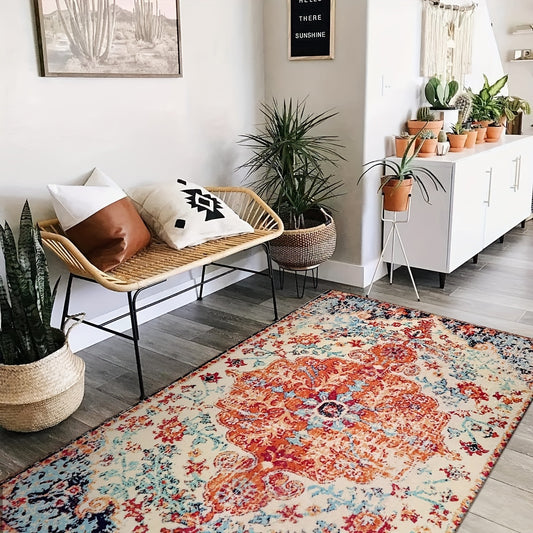

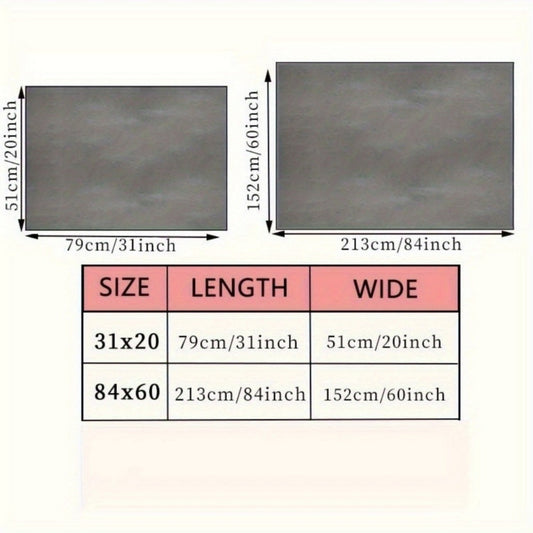

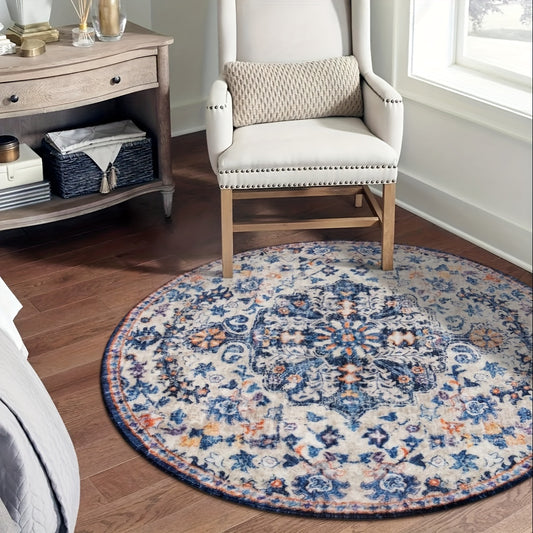

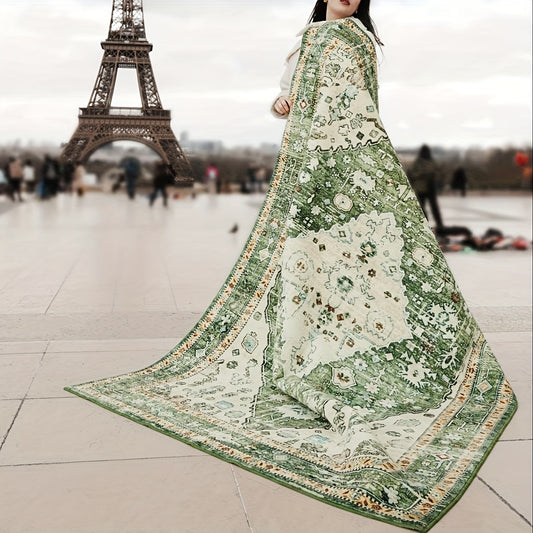

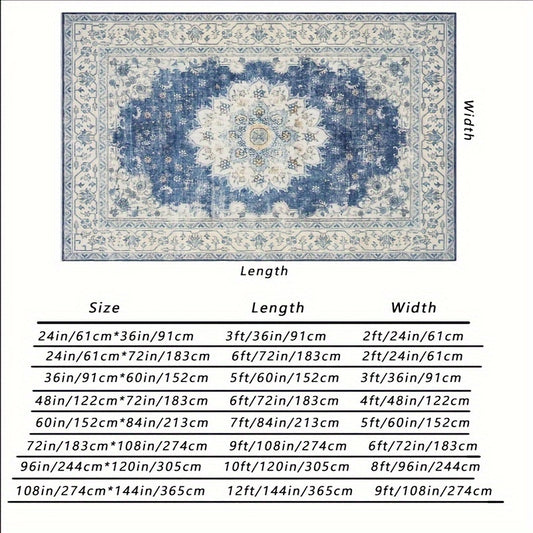


![[Vintage Boho Carpet] Colorful Polyester Vintage Boho Arabian Washable Mat Runner | Floral & Geometric Design, Perfect for Hallways, Kitchens, Bedrooms, and Entryways Rugs](http://www.fabulive.com/cdn/shop/files/9b37768d-3235-40ba-8fc3-b04f17156370.jpg?v=1751970958&width=533)


